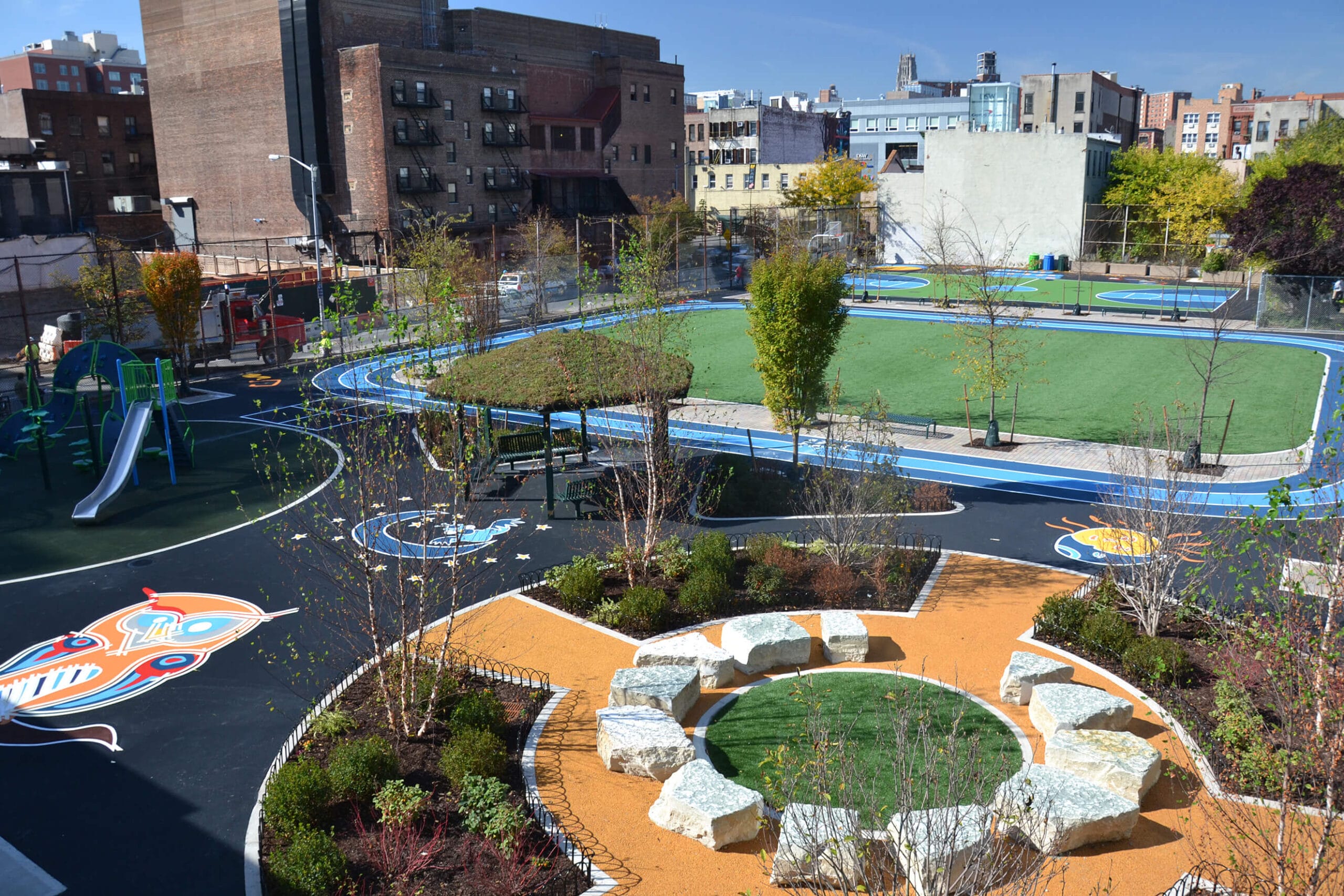
Honeybees, home, and the holidays
Honeybees, home, and the holidays
My life with bees over the past 40 years—first as a commercial beekeeper and now as a hobbyist with a few hives in my back yard —has given me a unique lens through which to look at nature, community, and my role working for a national non-profit to create parks and protect the natural places people care about. Recently my beekeeping activities have got me thinking about the concepts of place and home.
I doubt that bees like having their hives moved any more than beekeepers like moving them. Years ago when I was a commercial beekeeper and produced honey and pollinated crops for a living, moving bees was part of the job. I spent plenty of long nights loading heavy bee hives onto a flatbed truck, driving to farms in the next county or state, and then unloading the hives in apple orchards or fields of blueberries, melons, or cucumbers. I’m glad my bee-moving days are long over and that, most years, my few hives stay right in my yard.
But not this year, when I had to move my bees to do some yard work. It would have been relatively easy to carry the hives to another part of the yard and then carry them back after the work was done. Unfortunately that wouldn't work for bees. They are highly oriented to their hive’s location and navigate their way home from distant foraging trips using the sun’s position and a series of specific landmarks. They do it so well that they can distinguish their hive from a row of a dozen identical ones in a grassy field. But move them a short distance, as little as twenty or thirty feet, and they won’t reset their orientation. They’ll continue to fly right back to where the hive used to be. They may never find the new location only a few yards away. So I needed to load them on a truck and move them several miles where they would reorient themselves to their new surroundings—and then move them home when I was finished in the yard.
Beekeepers move bees at night when they are all in their hives. It’s hot and tiring work. The hives are often heavy with honey and it takes two people to lift and stack them on the truck and tie them down. In the dark, bees don’t fly, but they do crawl and are much more likely to sting. And bee-moves don’t always go as planned: I’ve spent many a night in the cab of a truck stuck in the mud or sand of a farmer’s field, with bees crawling everywhere (and stinging), waiting for daylight and the farmer’s tractor to pull me out. Other beekeepers have fared far worse—falling asleep at the wheel or otherwise managing to overturn truckloads of hundreds of hives.
Fortunately, my nighttime bee-move to an open hillside five miles away went smoothly. After unloading the hives, I stood there in the dark, listening to the quiet buzz of the bees as they crawled out on their entrance boards and fanned fresh night air into the hives. I knew that when the sun came up, the field bees would be out in force. On their first flight they would orient themselves, soaring in ever-higher and ever-wider circles above the hive to fix its location and surrounding landmarks before heading off in all directions to scour the neighborhood for nectar-producing flowers. Returning to the hives, they would dance circles and figure-eights on the honeycombs to communicate flower locations to the other bees. Honeybees have an uncanny ability to quickly inhabit a new landscape and forage the nectar and pollen they need. I knew that when I did move them back to my yard they would make the adjustment easily.
Moving my bees got me to thinking about the idea of “home” and how different the reality of home is for bees and for people. Having my own house loaded onto the back of a truck and dropped off in the middle of the night in some strange zip code wouldn’t work for me at all. Home is a lot more than the structure I live in: It’s the landscape I know and my deep connections with people and nature. For bees, home is the hive: a self-contained family unit that has a wonderful and mutually beneficial relationship with nearby trees, shrubs, and flowers. The large rosemary bush outside my front door or the flowering eucalyptus trees on the hillside above my yard are important nectar sources for my bees, but they’re important to me, too, for very different reasons. They are part of a deeply familiar and comforting landscape and a set of relationships that together feel like home.
Home is a lot more than the structure I live in: It’s the landscape I know and my deep connections with people and nature.
Home embodies some of our deepest connections to what is most important in our lives— family, friends, community, and nature. For each of us, home is a different and complex collection of geography, relationships, and stories. Home is the known and cherished landscape: the garden where we get our hands in the soil, the tree-lined street where we watch the seasons unfold and listen to birdsong, the park around the corner where our children play, our favorite place to watch the sunset or the bike trail along the creek. Home can also be that wild and remote place of inspiration where we return again and again to connect with nature and a presence much bigger and more powerful than ourselves. And home is also people: family, friends and the neighbors with whom we stop to chat in the hall, on the front stoop, in the street or at the farmer’s market where we can go to experience community while we buy our produce. Home is a geography of the heart, a place we hunger for, work to create, and what we wish for others.
In this holiday time of celebration, giving, and thanks, may we all feel the touch of home. May those who are displaced and in search of home, find comfort. And may we all have those moments of deep connection, so often associated with home, that take our breath away and remind us that, for all its challenges, our world is full of joy and wonder.
Happy holidays!
Will Rogers is the president and CEO of The Trust for Public Land. This piece also appeared on his column for The Huffington Post.
The Active Transportation Infrastructure Investment Program (ATTIIP) is a vital initiative that helps expand trails connecting people to nature and their broader neighborhoods. Despite this importance, Congress allocated $0 for ATTIIP in this year’s appropriations process. We cannot delay investments in safe, active transportation systems. Urge Congress to fully fund the ATTIIP!


Donate to become a member, and you’ll receive a subscription to Land&People magazine, our biannual publication featuring exclusive, inspiring stories about our work connecting everyone to the outdoors.
See how our supporters are helping us connect people to the outdoors across the country.












